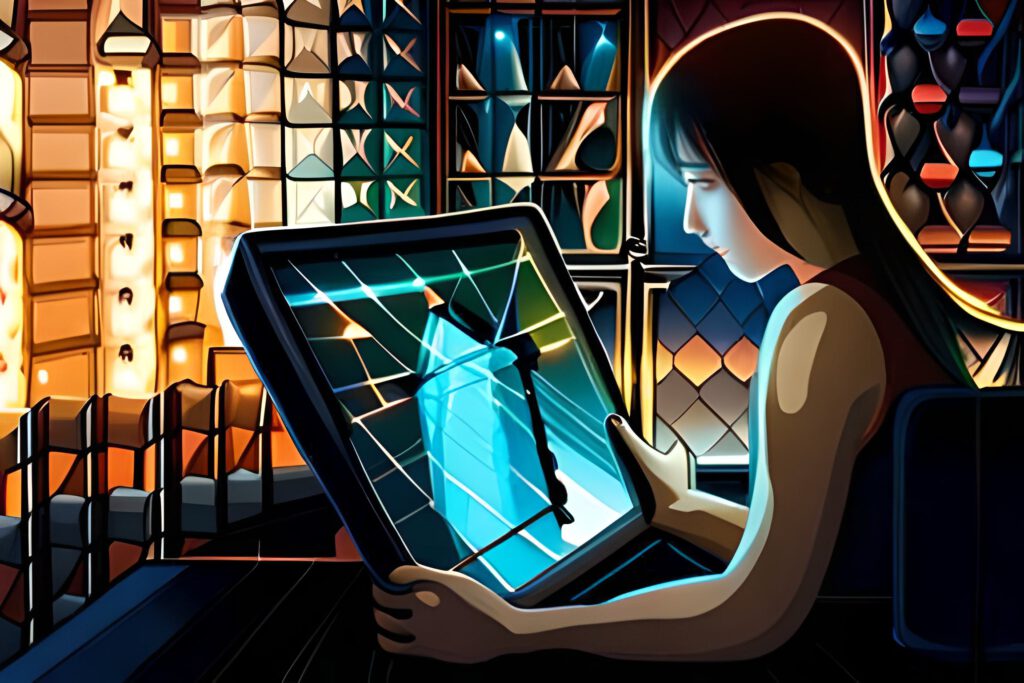The AI Art Gold Rush
The artificial intelligence (AI) art gold rush began in 2018 when Christie’s auctioned “Portrait of Edmond Belamy” for $432,500. Since then, AI-generated images have gained popularity and sophistication. “Théâtre D’opéra Spatial,” an AI artwork by Jason Allen, even won a prize at the Colorado State Fair art competition. However, this development has sparked debates around originality, authorship, and authenticity, which are fundamental themes to artistic expression.
Generative AI is intent-neutral, so the outcome depends on how it is used. Thus, it is crucial to understand how AI influences artistic communities and their creations. While AI-generated images present ethical problems such as copyright violations due to companies using artworks in AI training without permission, abandoning these practices is necessary for the long-term adoption and trust in AI art. Mimicry and homogenization are also concerns with text-to-image tools becoming more popular and accessible, which defeats the purpose of enhancing artistic creativity using AI.
Recognizing AI Art as a Distinct Form
Boris Eldagsen, a German artist and photographer, refused to accept the prize he won at the 2023 Sony World Photography Awards. He submitted an AI-generated image for the creative open category and argued that AI-generated images and photographs are different entities that cannot compete in the same category. Similarly, AI art is a distinct category that should be approached accordingly. Identifying marks to distinguish AI-generated images from photography or other digital imagery may prove helpful in the early days to curb misunderstandings and misinformation.
The segregation works both ways, though, and can prevent confusion about digital illustrations as AI-generated artwork. This helps avoid situations where creators get banned from channels with “no AI art” policies.
Toward Human-Machine Collaboration in Art
The World Photography Organization awarded Eldagsen at the 2023 Sony World Photography Awards because the AI-generated work relied heavily on the artist’s “wealth of photographic knowledge.” The competition’s creative open category “welcomes various experimental approaches to image making from cyanotypes and rayographs to cutting-edge digital practices.” This shows that AI can enhance artistic creation, unlocking new possibilities and ways to express ideas.
Accessible generative AI tools like Midjourney, Dall-E, and BlueWillow foster artistic inclusion by enabling anyone with a creative mind to make high-quality digital artwork. For physically challenged individuals or those unable to afford art supplies, these tools allow them to explore their artistic capabilities easily. AI-generated images also help professional artists work faster and more efficiently, similar to using assistive tools like Photoshop or Illustrator.
The Artistic Future
Technological progress is inevitable and desirable if done right. AI’s disruptive influence is visible to progressive artistic communities worldwide, enabling them to produce work with previously unimaginable variations, scale, and speed. Coupled with other emerging technologies like non-fungible tokens (NFTs), we are witnessing the unfolding of our artistic future – one that’s diverse, community-oriented, and technologically supreme.


